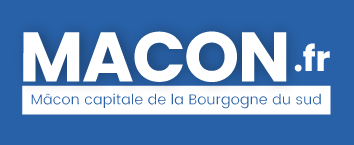The museum : a showcase for choice finds that reveal the town’s history
In the second half of the nineteenth century, excavations were undertaken by scholars who practised archaeology as amateurs. From similar backgrounds, they were members of learned societies and had shared interests in subjects such as history, botany and mineralogy. Their expeditions took them to North Africa, and Egypt in particular, which were popular destinations. They were also passionate about discoveries made in their local areas. Based on objects gathered during their searches, they put together major collections, which they were keen to show to the public. The museum became their favoured venue to present the most remarkable items in their possession.
Beginning in the late 1950s, an association of volunteers, the Groupement Archéologique du Mâconnais, intervened on construction sites to conserve hidden evidence of the town’s history. Their work further enriched the museum’s collections. The creation of AFAN, an agency of the French Ministry of Culture, with funds to carry out rescue archaeology work, led to the development of preventive archaeology and improved methods. Diagnostics carried out prior to urban development schemes, by teams of professionals with effective means of investigation, became systematic. The creation of Inrap (Institut national de recherches archéologiques préventives – National institute of preventive archaeological research), in 2002, consolidated the establishment of multi-disciplinary teams, which carry out specialized laboratory studies to improve knowledge of the local area with each intervention.



